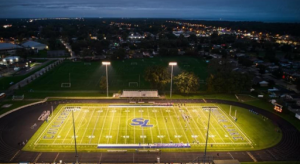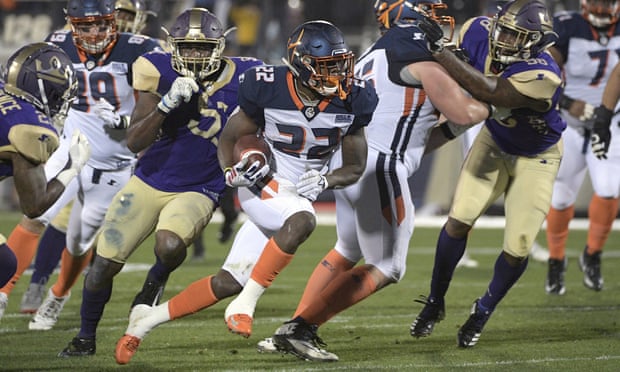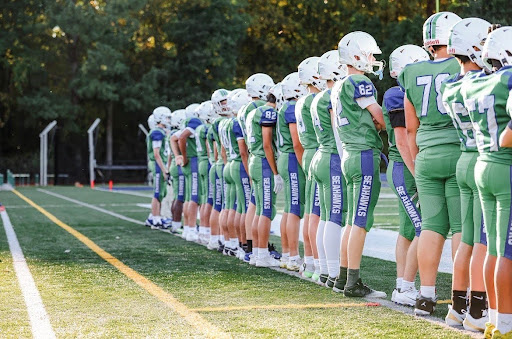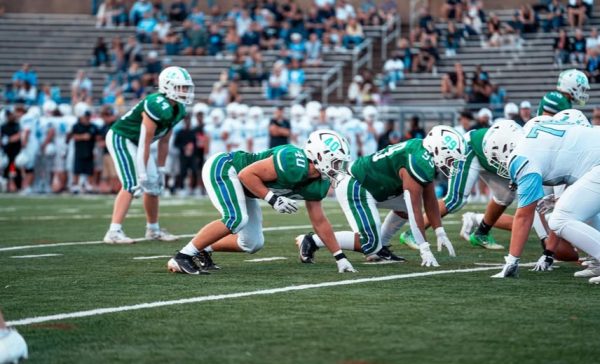How the Failure of Spring Football Leagues impacts the NFL
American sports have a clear hierarchy. If the 2022 NFL Playoffs have proven anything, it is that the NFL reigns supreme in terms of ratings as well as the ability to reach a massive audience and do so at an astonishing rate. In the four major sports (NFL, NBA, MLB and NHL), there are a lot of constants: massive revenue streams, rabid fan bases and the ability to dominate headlines for days on end. However, one thing that the NFL has, or does not have for that matter, is the lack of a minor league. Some might argue that the NCAA is basically a minor league for the NFL, but these teams have no affiliation with any NFL team. Some others point out that NFL teams all have practice squads that act like developmental opportunities for players on the fringes of the roster. However, the practice squad is made up of players actively being employed by the NFL team, meaning they are an extension of the roster. In the past few years, there have been multiple attempts, though, to make a minor league for the NFL, whether by coincidence or not.
These previous attempts at other football leagues have one thing in common, as a matter of fact. They all have been played during the spring. For the majority of these startups, it is due to something that is called “football withdrawal”. For many avid fans, the weeks after the Super Bowl are some of the darkest of the year as there is no football and adjusting to this is, in some cases, painful. Some recent leagues like the AAF and XFL (more on each of these later) have had their first games played the very week after the Super Bowl in order to maximize their audience of football-hungry Americans.
Speaking of the AAF and XFL, they are some of the most recent examples of spring football leagues. Failures and reasons for failure aside, they have each made their mark on football, for better or worse. The AAF (Alliance of American Football) made their debut in 2019. One thing that was in their favor from the start was something 100% out of their control: the Super Bowl was subpar. Super Bowl LVIII was a boring, forgettable game that saw the two teams combine for the fewest points ever in Super Bowl history. The AAF started with a bang, capturing the attention of America with something that is somewhat rare in these startup leagues: a good on-field product. To make a long story short, the league found this to be their pinnacle. They were unable to sustain their success from their inaugural week. Actually, the league closed operations before they even got a chance to finish their first season. The entire operation was out of money four weeks in before an infusion gave them a few more weeks of life. Ultimately, the AAF will be remembered for two things: ending their league embarrassingly quickly and providing football to some cities that are very much deserving of a team.
Additionally, when examining the XFL, it is much more complicated in terms of their legacy. Established in 2001 by Vince McMahon, the owner of WWE, the league promised a tougher, more violent style of football. Their first few weeks were wildly successful, but, like the AAF, the first few weeks were the pinnacle. The XFL quickly ran out of money and suspended operations after the first season of play. By the time the season ended, there was very little fan interest remaining and the funding had started to dwindle. While the XFL did not last, the league attempted to return in 2020. They played a few games with actual decent play and relative success. Unfortunately, they ran into an unforeseen issue when Covid-19 ended the season. Once again, the league suspended operations due to a lack of funding. Regardless, the league was bought by former WWE wrestler and actor Dwayne Johnson; the league plans to return in the coming years.
One thing that both these leagues did, though, besides fail, was they provided players with the ability to play professionally in a competitive setting for NFL teams to observe. The leagues are littered with players that made their way to the NFL following a good showing in these leagues. In a sense, they both served a minor league, but not in the traditional sense. The impending revival of the USFL (United States Football League) poses multiple intriguing scenarios for football. The first is the obvious ability for players to get experience without being on an NFL roster. The second is whether or not the league is going to be able to morph into a minor league for the NFL. One thing that has long been missing in the NFL is a minor league system. The roster size in the NFL (53 during the regular season and over 70 in the preseason) makes it a somewhat mute point to have a roster dedicated to replacement players, but football has the highest volume of injuries to players and depth is sorely needed at all times.
Should the USFL, which is set to begin play in the spring, prove to be successful and sustainable, there would be a large push for the NFL to buy the league in attempts to create their own minor league. The MLB does it often by buying the rights to certain minor leagues and transforming them into affiliated leagues. Something similar could be on the horizon as the USFL might just be the best chance to find the minor league. Where the AAF and XFL both experimented with strange rules and experiments, the USFL will stray close to the NFL rules. Potentially, it is a match made in heaven for the leagues. As history serves as a witness, there is no competing with the NFL, so maybe these startup leagues should follow in the footsteps of an old adage: if one cannot be defeated, joining forces is the best option.

Marc is a senior at South Lakes and is the Editor in Chief of The Sentinel. This is his 4th year on staff, and third as an editor. Outside of writing for...
















